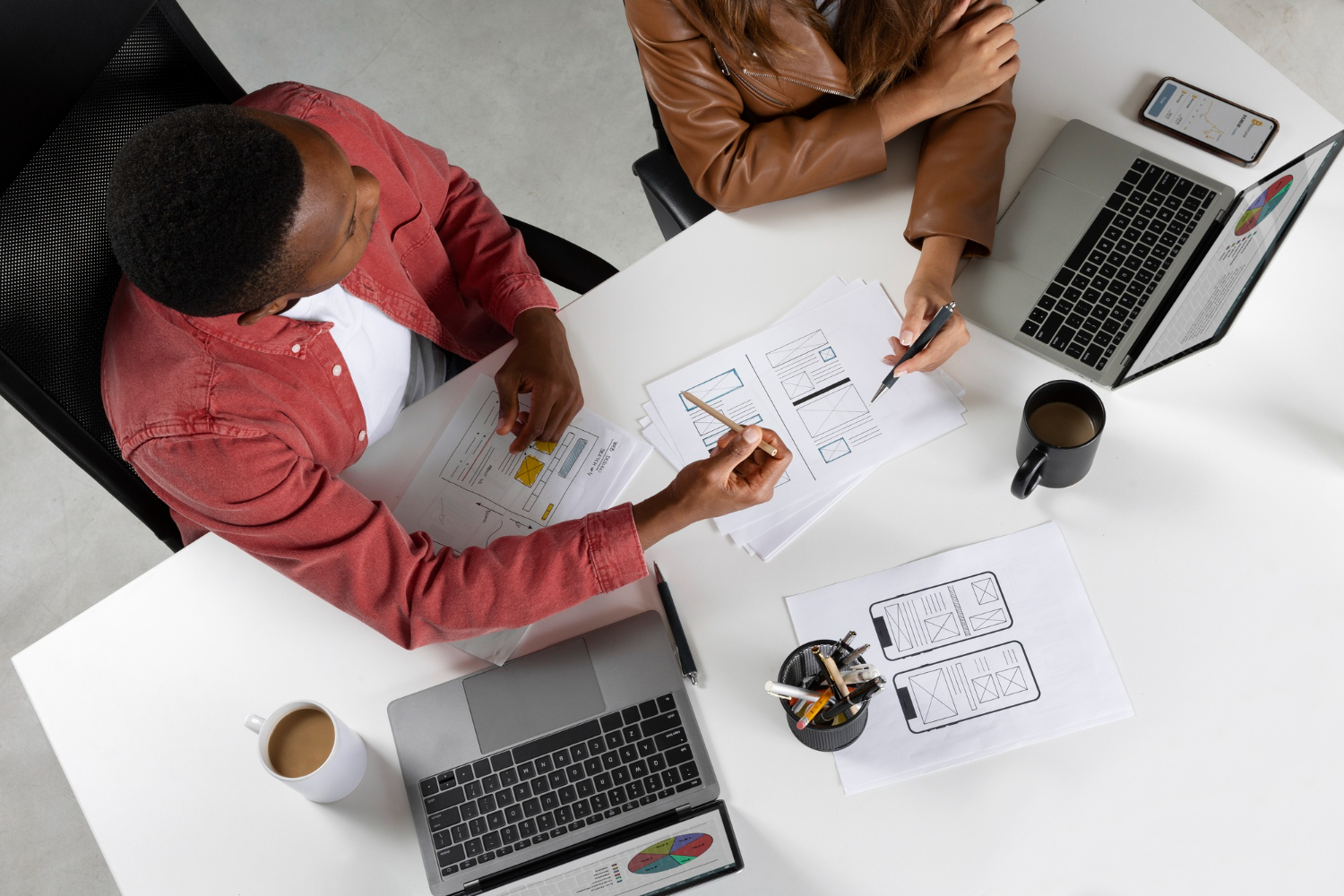Win Themes: Why Are They Important?

Win themes are value-driven messages that communicate why your organization is the best choice for a project. Think of them as the core selling points in your proposal—they highlight your strengths in a way that resonates with the client’s specific needs and priorities. Well-developed win themes make your proposal stand out, help evaluators quickly understand the value of your solution, and leave a lasting impression. This guide will break down why win themes matter, how to create them, and how to weave them throughout your proposal to create a persuasive, cohesive message.
What Are Win Themes?
Win themes are threads that appear throughout your entire proposal, emphasizing the benefits and strengths your organization brings. They tie the proposal together. They reflect:
- What your organization can do that directly meets or exceeds the client’s needs.
- Why your approach is unique and preferable to that of competitors.
- How you’ll solve the client’s challenges with specific skills, tools, or expertise that set you apart.
For example, suppose the client values sustainability and efficiency. In that case, a win theme might highlight your track record of delivering cost-effective, eco-friendly solutions that save money and reduce environmental impact.
Win themes are less about technical details and more about providing a clear, focused message that sticks with the evaluator, showing them you understand and can better meet their needs.
Why Win Themes Matter
When clients receive multiple proposals, they often have to sift through a lot of dense information. Win themes help simplify and strengthen your proposal by:
- Clarifying Your Key Messages: They keep the main points of your proposal clear and memorable, even when the proposal is complex.
- Creating a Lasting Impression: Win themes help evaluators remember your proposal after reviewing others, helping you stand out.
- Helping Evaluators See the Value: They make it easy for evaluators to connect your solution to their goals and priorities.
Rather than simply listing features or achievements, win themes show how these strengths directly benefit the client and align with their vision and expectations. This approach helps make your proposal memorable and persuasive.
Core Elements of Effective Win Themes
Developing strong win themes requires focusing on the essential qualities that make your organization the best choice. Here’s what makes a win theme impactful:
- Client-Centricity: The best win themes are built around the client’s goals, challenges, and priorities. Study the client’s needs carefully and ensure your win themes address these areas
- Specificity: Avoid vague statements. Instead of saying, “We are experienced,” provide concrete examples: “Our team has 10+ years of experience successfully implementing similar projects on time and within budget.”
- Evidence and Credibility: Support your claims with data, case studies, or past results. This makes your win themes more convincing by showing you can deliver on your promise.
- Consistency: Win themes should be present throughout the proposal. They should appear in the executive summary, technical sections, pricing, and conclusion, reinforcing the message and making the proposal feel cohesive.
Types of Win Themes
Win themes can vary based on the client’s priorities and your organization’s strengths. Here are some common approaches:
- Capability-Focused Win Themes: Highlight your expertise, specialized skills, or technical capabilities, particularly for complex or unique projects where proven experience is a key differentiator.
- Cost-Effectiveness Win Themes: If the client prioritizes budget efficiency, emphasize how your streamlined processes, bulk pricing advantages, or cost-saving methodologies can deliver high-quality results at a competitive price.
- Risk–
- Innovation Win Themes: When forward-thinking solutions are valued, demonstrate how your organization leverages new technologies, creative problem-solving, or unique methodologies to enhance efficiency, effectiveness, or sustainability.
By choosing the right win themes, you can align your proposal with the client’s priorities and reinforce why your organization is the best fit for the project.
Steps for Crafting Effective Win Themes
1. Research the Client and RFP Carefully
- Begin by thoroughly analyzing the RFP and researching the client. Identify what the client cares about most—innovation, cost control, speed, or another priority.
- Look at the evaluation criteria. These will give insight into the client’s priorities and what they will score most highly on.
2. Identify and Prioritize Your Key Strengths
- Reflect on your organization’s most potent points that align with the client’s goals. List all relevant strengths, then focus on the few that will make the most significant impact based on the client’s needs. For example, if the project is complex and requires specific technical expertise, prioritize themes around your team’s qualifications and past project successes.
3. Craft Clear, Concise Statements
- A win theme should be a brief, easy-to-understand statement conveying a specific advantage. For example: “Our efficient project management system enables us to deliver complex projects 20% faster than the industry average, ensuring timely completion.”
- Keep the language simple, focused, and aligned with the client’s priorities.
4. Support Themes with Evidence
- Reinforce your win themes with evidence as much as possible. If you claim that your team reduces project delays, back it up with a case study or statistic showing how your approach led to on-time delivery in similar projects;
.
- Including data, past results, or client testimonials strengthens your claims and shows evaluators that you have a track record of keeping your promises.
- Software tools like AutogenAI can help you quickly evidence your claims.
5. Integrate Win Themes Throughout the Proposal
- Don’t limit win themes to the executive summary. They should weave through all relevant sections of the proposal, helping to connect the dots between your solution and the client’s objectives. For example, if you emphasize cost-effectiveness as a win theme, mention it in the pricing section, technical approach, and conclusion so it reinforces your message.
Example of an Effective Win Theme
Suppose your company is competing to provide renewable energy solutions for a municipal government focused on sustainability. A well-crafted win theme might be:
Win Theme Example: “Our renewable energy solutions are proven to reduce carbon emissions by 30%, supporting [Client’s] commitment to sustainability while cutting long-term energy costs.”
This theme is client-centric, specific, and supported by data. It highlights both the technical benefit (emission reduction) and cost-effectiveness.
Practical Tips for Applying Win Themes
Start with a Strong Introduction
- Open your proposal with a summary that highlights your win themes. This could be a real or hypothetical scenario that sets the stage for your solution directly addressing the client’s priorities. For example: “Imagine a community with significantly reduced air pollution due to sustainable energy practices—this is the impact we can deliver for [Client’s City].”
Weave Win Themes Through Every Section
- Ensure each part of your proposal reinforces your win themes. Connect your project timelines, staffing plans, and technical details to the central message you want evaluators to remember. For example, in the technical section of the proposal, describe how your eco-friendly materials support the client’s green initiative, echoing the sustainability theme throughout the proposal.
Conclude with a Powerful Summary
- Wrap up your proposal by summarizing your win themes in the conclusion. Reinforce how your solution will benefit the client, making your message memorable and impactful.
Avoiding Common Mistakes in Win Themes
- Vague Statements: Statements like “we are the best” lack substance. Be specific and explain why you’re the best choice based on the client’s needs;
.
- No Evidence: Win themes should be backed by facts, data, or case studies. Unsupported claims can hurt credibility and make it harder for evaluators to trust your proposal.
- Internally Focused: Keep your themes relevant to the client’s goals, not just your organization’s general strengths. For example, if the client is focused on budget constraints, don’t spend too much time highlighting cutting-edge (but costly) technologies unless they align with the budget.
Using Tools to Assist with Win Theme Development
Platforms like AutogenAI can help streamline the process of crafting compelling win themes by offering templates, industry insights, and examples tailored to specific sectors. AutogenAI can assist in identifying relevant strengths, generating impactful messages, and structuring themes for consistency. By using tools to support theme development, proposal teams can save time and increase the accuracy and relevance of their messaging.
Win themes are essential to creating a persuasive, client-centered proposal. They clarify your unique strengths, align your message with the client’s priorities, and make your proposal memorable and impactful. By following these steps and focusing on the client’s needs, you can use win themes to differentiate your proposal and increase your chances of success in competitive competing environments.


